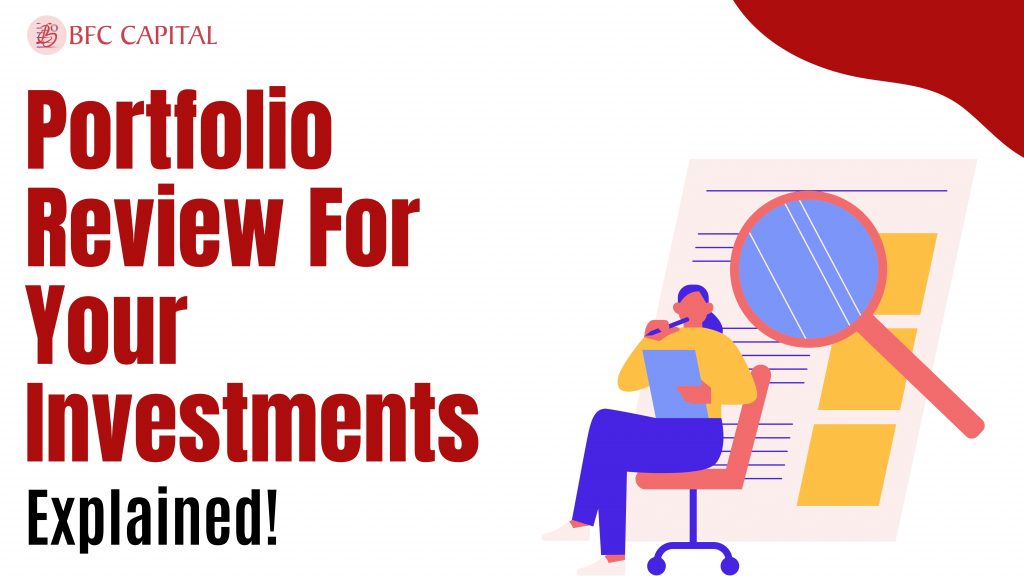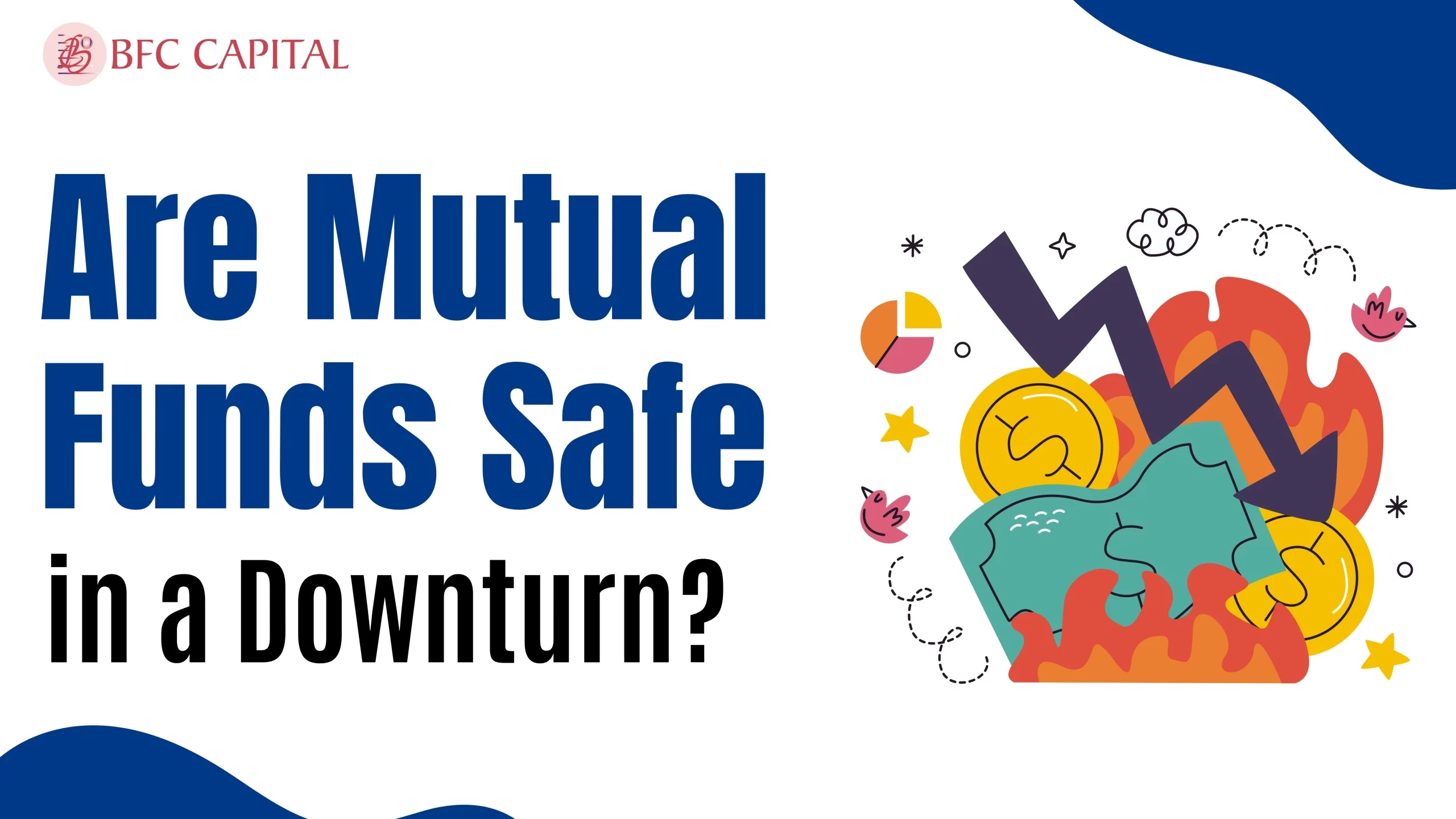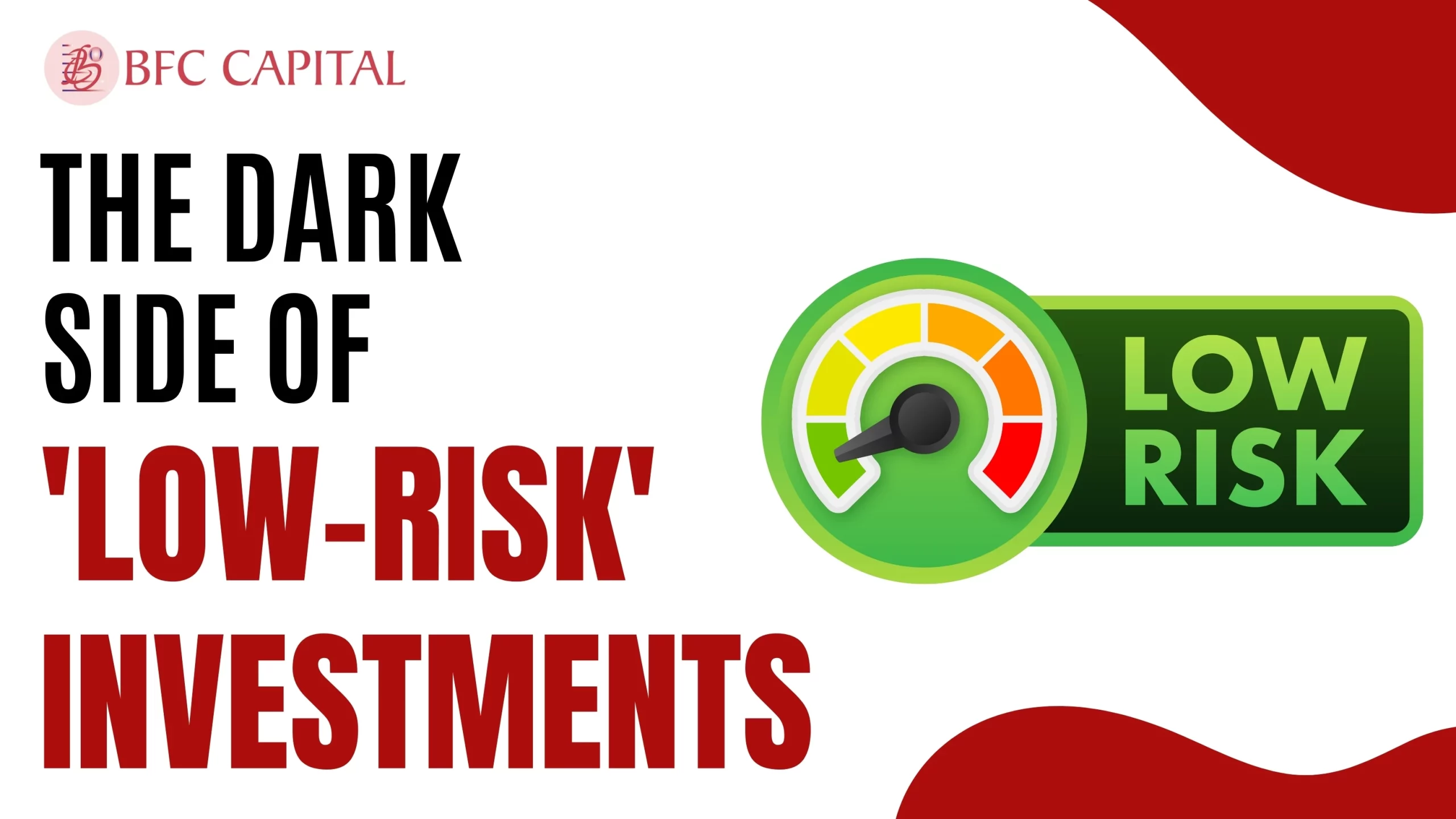
Looking to maximise your returns? The best way is to review your portfolio thoroughly. An extensive portfolio review will help you boost your mutual fund investments too. It’s a choice for maximum people to invest in mutual funds. This is one of the safest and most secure ways to maximise your returns. An analysis of the portfolio will help you gauge the current market conditions that are associated with your financial goal.
Importance of a Portfolio Review
- Alignment with Goals: Financial objectives follow longer time horizons and therefore can change. A mutual fund portfolio review keeps your investments focused on your goals, whether it is the purchase of a home, funding education for yourself or your children or preparing for retirement.
- Risk Management: The nature of markets is volatile. Reviews assist in determining the levels of risks that are in the portfolio, whether it bears high risk or low risk as per the client’s risk-taking ability.
- Tax Efficiency: Tax planning is very important and has to be optimized to the maximum. You can use reviews to minimize your tax impacts, which can lead to a lowering of tax amount.
- Performance Evaluation: It enables you to make competent decisions on the performance of your investments for comparison with performance benchmarks or peer investments for better asset allocation.
Steps to Review Your Mutual Funds Portfolio Effectively
Step 1: Define Your Goals
Before proceeding on how to carry out a portfolio analysis, recap your financial objectives. Is your savings for a specific event, for instance, purchasing a house, paying for college, or starting a business? Goals provide direction on how your mutual fund’s investments are to be evaluated.
Step 2: Portfolio Data Accumulation
Collect all information about your mutual fund investments to analyze their current status. This includes the statements of investment, fund account statements and any other document that may capture your investment, transactions and performance.
Step 3: Examine Asset Allocation
Asset allocation constitutes the framework for building any portfolio. It includes spreading investments across equities, debt, gold, etc., depending on the risk appetite and the objective of an investor.
Step 4: Performance Review of the Funds
Evaluating the performance of each mutual fund is very important. Look at key performance indicators
- Returns: Track the performance of funds and compare them against chosen indices and competitors at different periods.
- Risk Metrics: Assess standard deviation as a measure of volatility.
- Expense Ratio: Lower expenses can lead to higher returns as well.
- Fund Manager Track Record: Consider the manager’s prior accomplishments and experience.
Step 5: Review of Fund Holdings
Examine the stocks and other asset classes owned by each of your invested mutual funds. Make sure that they belong to the fund’s asset allocation plan and your investment goals. It is suggested not to invest heavily in any single stock or any particular industry.
Step 6: Portfolio Characteristics Analysis
Review your portfolio for (asset management companies) AMC-wise, category/sub-category, and sector-wise allocation, and the quality of papers for debt mutual funds. Diversification across mutual funds, investment styles, market capitalizations, sectors, as well as debt quality must also be considered.
Step 7: Management of Underperforming Schemes
The outcome of your investment portfolio depends on the performance of the different schemes. Identify schemes that are consistently weak and could be detrimental to the health of the portfolio. Replacing them with better-performing mutual fund schemes is another option to consider.
Step 8: Consider Portfolio Rebalancing
Consider making sudden changes in your asset allocation if you find that some of the stocks are taking up too much of your capital. For instance, suppose the portfolio consists predominantly of equity exposure whereas your risk assessment has changed or you are near your financial target, switch to safer products such as debt funds.
How to Get Better Mutual Fund Returns?
1. Set up SIPs
It might be wise for a novice investor to put a small amount of money into a Systematic Investment Plan (SIP). Even most of the fund houses allow SIP debit from your bank account every month or as per your choice. This also assists in cultivating the habit of investing regularly and with discipline.
Luckily, SIPs operate on the principle of money cost averaging. This means that funds buy the same security irrespective of the price level. This helps to reduce the overall cost of your investments over time.
2. Diversify your Portfolio
Investing all your money in a single mutual fund asset class will amplify the risks inherent in portfolio management. Why? If the asset class performs poorly, it will have a direct impact on your returns.
Diversifying your portfolio makes it possible for you to get at least a minimum return regardless of the market status. Of course, the higher the degree of diversification the lesser the risk associated with your investment as a portfolio.
3. Review Fund Performance Regularly
Reviewing Fund Performance is one of the crucial aspects that you must consider when developing a strategy for mutual funds to invest in. Indeed, one of the many ways that people lose their money in investing is by placing their funds in a poor-performing scheme in the long run. This is why you need to regularly monitor your fund performance. First of all, understand how to calculate the return on mutual funds.
Next, compare the results that mutual funds posted in the last year to the benchmark as well as the peer group. Consequently, your fund’s performance should be better if you want the maximum returns with mutual funds. However, if the funds you have invested in them have not performed well over three years or more then it will be wiser if you sell them and invest in much better funds.
Bottom Line
Regular review of your portfolio is the most popular way to maximize your therapy. Want to grow your money securely? Then you can read the above-mentioned details carefully.
Analyse all the information carefully, by looking at each aspect. A deep portfolio review strikes a balance to stay on top of market conditions and also ensures that your investments remain aligned with your financial goals.
Please share your thoughts on this post by leaving a reply in the comments section. Also, check out our recent post on: “Open Ended Vs Close Ended Mutual Fund Schemes“
To learn more about mutual funds, contact us via Phone, WhatsApp, Email, or visit our Website. Additionally, you can download the Prodigy Pro app to start investing today!
Disclaimer – This article is for educational purposes only and by no means intends to substitute expert guidance. Mutual fund investments are subject to market risks. Please read all the scheme-related documents carefully before investing.

Assistant Vice President – Research & Analysis
Akash Gupta heads the Research & Analysis department at BFC CAPITAL, where he combines in-depth market insights with strategic analysis. He holds multiple certifications, including:
- NISM-Series-XIII: Common Derivatives Certification
- NISM-Series-VIII: Equity Derivatives Certification
- NISM-Series-XXI-A: Portfolio Management Services Certification
- IRDAI Certification
With his expertise in equity, derivatives, and portfolio management, Akash plays a key role in providing research-backed strategies and actionable insights to help clients navigate the investment landscape.







